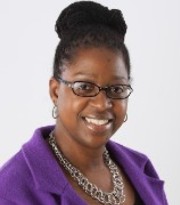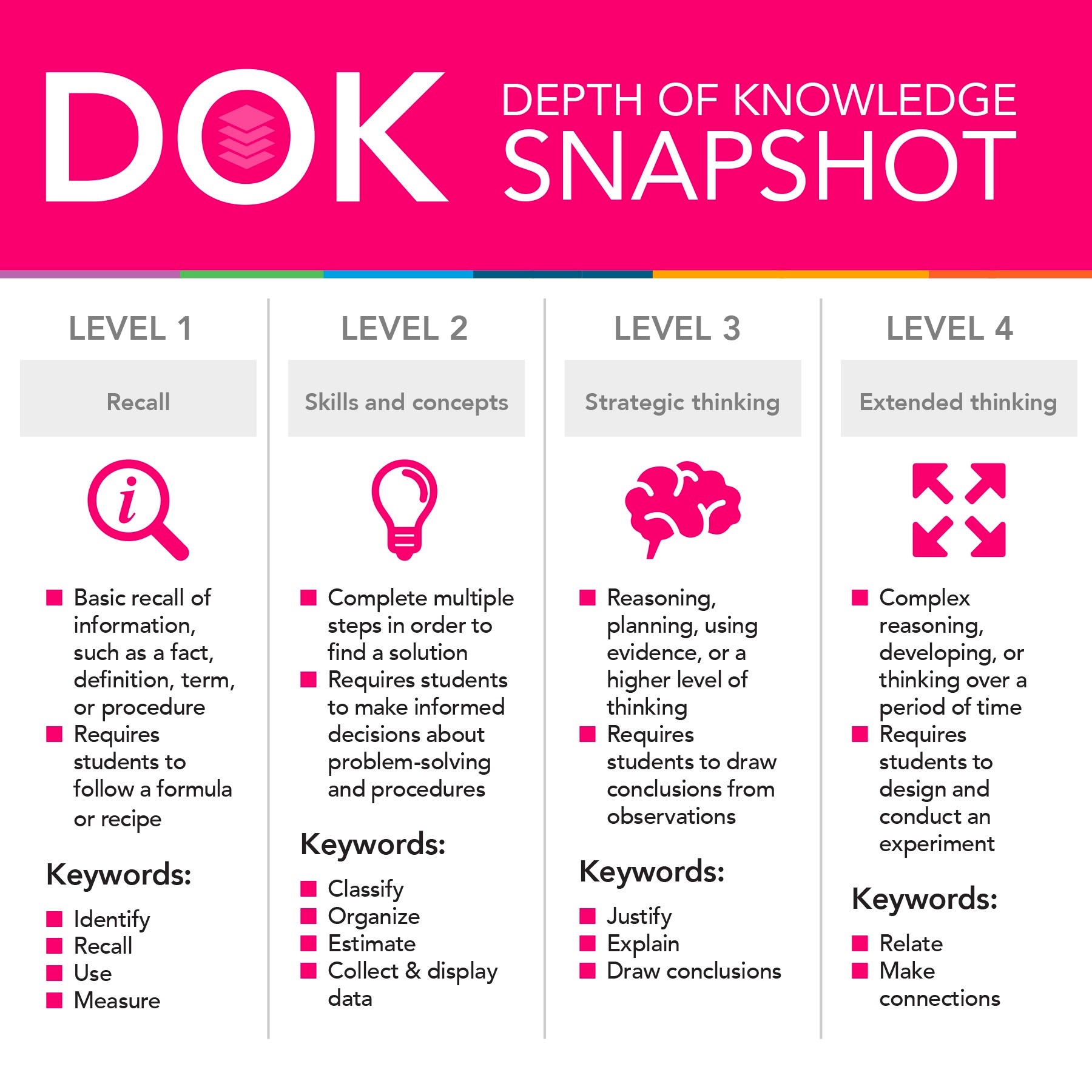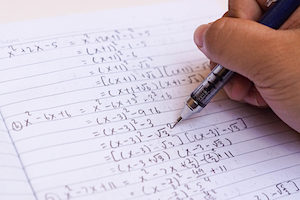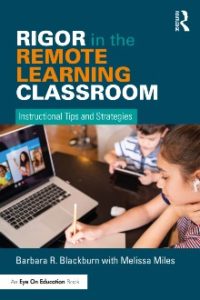Adapting Rigorous Work to Remote Learning
By Barbara R. Blackburn, Abbigail Armstrong and Melissa Miles

Barbara
Whether we’re teaching remotely, all face to face, or in a hybrid setting, one challenge we have is how to determine if an assignment or task is rigorous.
There are a variety of ways to look at rigor, but one of the most popular is by looking at verbs in the assignment’s descriptive language.
However, verbs can be misleading. For example, for many people, create represents high level work. But is that always true? When conducting walkthroughs in a school, Barbara observed a lesson in which students were creating get-well cards for a sick classmate. Is that rigorous? Of course not. In this case, the verb “create” is deceptive.
Let’s look at two examples.
English/ Language Arts

Abbigail
Analyze the reasons Jonas decided to leave his community in The Giver.
In this assignment, although students were asked to analyze their responses, they were really just explaining the reasons given in a guide to the text. In other words, students were being asked to demonstrate understanding, rather than provide an analysis.
Social Studies/Science

Melissa
Using all of the materials on your table (gum drops, jelly beans, pipe cleaners, icing, paper, post-its, glitter glue, markers), create a topography map of Southwest Asia. (We’ve also seen lessons where students complete this task to show the structure of a cell).
In this example, students are asked to create something. However, when you examine the full assignment, students are simply recalling basic information. Students are asked to design a way to present their information which may be considered creative (in the artistic sense), but that doesn’t mean the assignment is academically challenging. We believe teachers should provide opportunities for students to demonstrate their creative side, but one that is also rigorous.
If you’ve read any of Barbara’s books, you know her definition of rigor is a comprehensive one:
Rigor is creating an environment in which each student is expected to learn at high levels, each student is supported so he or she can learn at high levels, and each student demonstrates learning at high levels (2018).
When Barbara considers what is high level work, she uses Webb’s Depth of Knowledge, which focuses on depth and complexity. In particular, the framework emphasizes justification, moving beyond the text or lesson, or developing new models.

Source (click to enlarge)
DOK, Rigor and Remote Learning
Let’s look at several samples of DOK-based assignments that can be used in a remote learning setting.
Art Example (Critiques)
This example of online work is designed so that students are analyzing, evaluating, and critiquing other students’ works, and they are required to justify their statements.
Students view an electronic art gallery of work created by their classmates. Each student chooses one piece of art and writes a short critique. The critique must include the student’s opinion of the artwork, support of the opinion based on the lesson taught by the teacher and the student’s own experiences, and offer recommendations for improvement.
This activity is easily adapted to other subject areas, such as critiquing science projects or essays from an English/Language arts classroom.
Math Example (Linear Equations)

If there is an equation that is solved incorrectly, justify why it is incorrect, solve it correctly and explain how you know it is now correct. Post your work in our shared document folder. Then, review the work of two other students and add your comments to their work.
There are several characteristics of a rigorous assignment reflected in these two examples. First, students are required to recognize and explain misconceptions, which is an aspect of reasoning as they consider the appropriateness of the solutions to the problems. Next, they must verify the reasonableness of their answers and provide a sound argument in support of their response that elaborates on the real-life situations.
Science Example (Thermodynamics)
We have been discussing thermodynamics. Choose one of the three systems: open, closed or isolated. In your group, identify a research question based on our discussion, but one that we have not fully explored. Next, design and conduct an investigation to answer the question. Write a report in which you analyze your data, draw conclusions and cite your evidence.
You’ll note that in this assignment, students once again identify a research question, but in this case they also are asked to design and conduct the investigation. Additionally, they must analyze the data they collected, then draw appropriate conclusions, citing supporting evidence.
In order to have the project completed remotely, you’ll want to provide students tools such as shared files, chat options, and group video sessions or group breakout sessions during a video lesson.
Social Studies Example (Dinner Parties)
Imagine a dinner party with esteemed guests such as General Washington, Thomas Jefferson, Alexander Hamilton, and Benjamin Franklin. Write a script in which these historical figures converse about their different views of what the world would look like after the Revolutionary War.
Then choose a character and role play this scenario, keeping the original integrity/persona of your guest intact. At your dinner party be sure to include what each historical figure would say about the state of society today.
In the third example students must take information they have learned and go beyond the knowledge gained to internalize the information and use it in another format. Students are stepping into a role play scenario, using evidence and reasoning to generate hypothetical conversation between people with opposing viewpoints while maintaining the essence of the person’s true personality.
Finally, they are taking the knowledge about each of the persons and applying it to a current situation, which also requires them to move beyond the text, which in this case is what they have learned. While this assignment uses historical figures, it could easily be used in ELA classes with characters from a novel.
Once again, this assignment can be completed remotely by groups using the group tools previously mentioned. Also, you might choose to have groups record their role plays, and ask other students to critique them using the method we discussed earlier in the article.
A Final Note
Remote work can be rigorous. We need to start with assignments that are truly rigorous and then adapt them for online work, using tools such as shared files, chat options, and group video sessions or group breakout sessions that have the capacity to be recorded and shared with other groups. Teachers are learning to master these online tools out of necessity. Looking for ways to add rigor is also part of this professional growth.

A nationally recognized expert in the areas of rigor and motivation, she collaborates with schools and districts for professional development. Barbara can be reached through her website or her blog. Follow her on Twitter @BarbBlackburn.
Abbigail Armstrong (@draarmstrong) is the co-author of two books: Rigor in the 6-12 Math and Science Classroom and Rigor in the K-5 Math and Science Classroom, both written with Barbara. After teaching 7th and 8th grade mathematics for a decade, she joined Winthrop University in 2005 to teach in the Middle Level Education program. Abbigail is a skilled presenter and has shared her expertise at conferences and school districts internationally, nationally, and locally.
NBCT Melissa Miles co-authored Rigor in the 6–12 ELA and Social Studies Classroom and Rigor in the K–5 ELA and Social Studies Classroom with Barbara and worked with Barbara on several other books. With 18 years in middle grades classrooms, Missy was the Director of Educational Resources at a K-8 school in Charlotte, NC. She currently teaches ELA and is a certified member of the site visitation team for the “Schools to Watch” award.
































This started my brain on some new paths for remote learning. Thanks for an article that was well-worth my time.